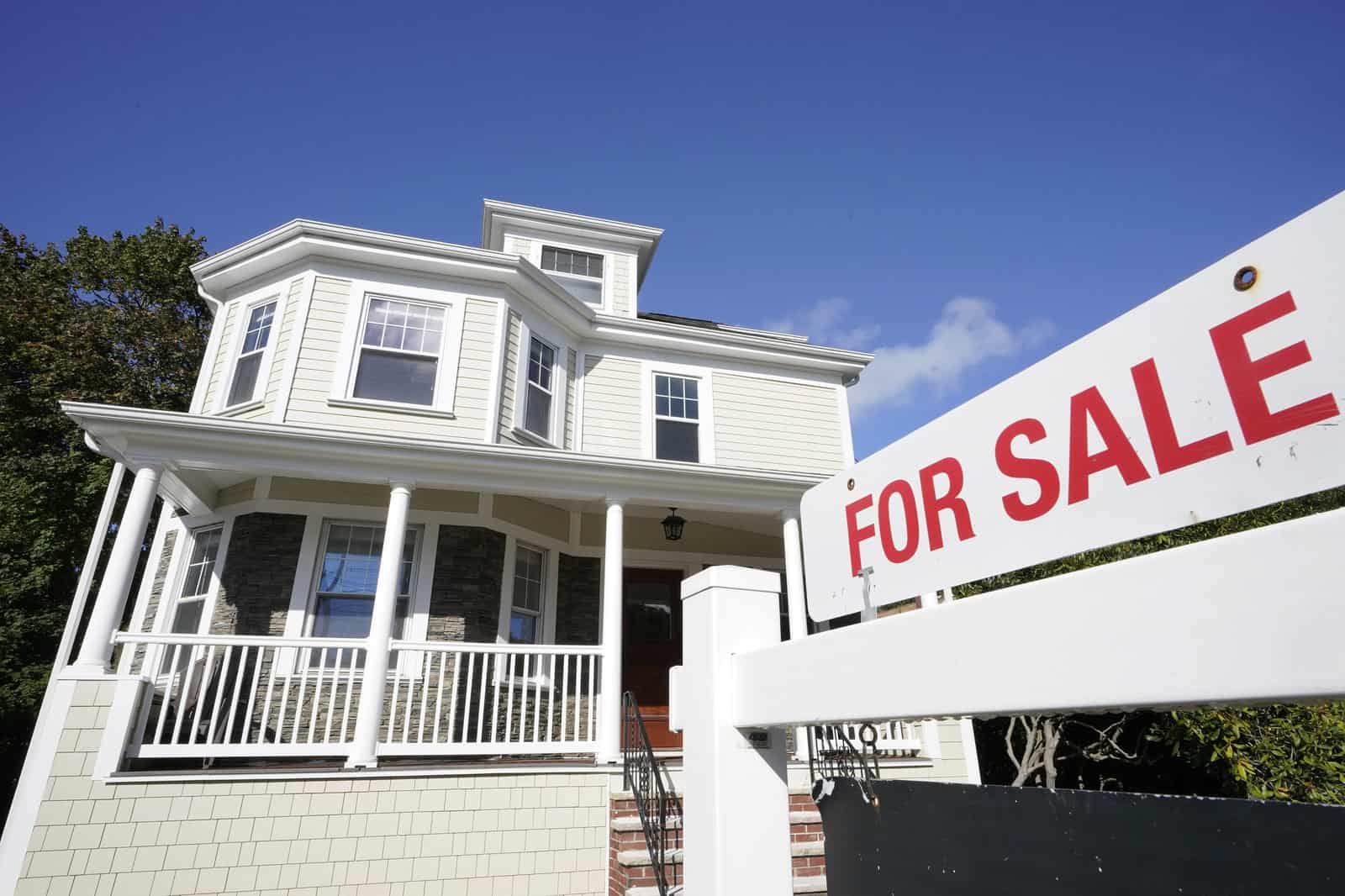There are fewer homes for sale in the U.S. today than ever recorded in data going back nearly 40 years. That’s a big part of what’s driving up home prices much faster than incomes, and making homeownership less affordable for more and more Americans.
“We are simply facing a housing shortage, a major housing shortage,” says Lawrence Yun, the chief economist at the National Association of Realtors which tracks home sales. “We need to build more homes. Supply is critical in the current environment.”
The median price for previously owned homes has hit a new record at $313,000, up 16% from a year ago, the Realtors group said Thursday. There are other factors at play. Many people are buying bigger homes amid the pandemic because they are working remotely, often along with kids doing remote schooling.
Buyers also want to take advantage of record low interest rates. But it’s very simple economics — a lack of supply pushes up prices, whether you’re talking about honeydew melons or houses.
In October, the inventory of existing single-family homes for sale dropped to 2.4 months’ worth — the lowest since records began in 1982, the NAR said.
“Housing inventory shortages have pushed national home prices considerably higher,” says Joel Kan, vice president of economic forecasting for the Mortgage Bankers Association.
“We have been under producing for the past decade,” Yun says. “We need more construction.”
After the housing crash more than a decade ago, a lot of smaller mom-and-pop homebuilders went out of business. Yun says that, together, those small companies built a lot of homes. And so that’s been playing out with anemic homebuilding ever since.
There are other immediate challenges too. The price of building materials such as lumber for framing houses more than doubled during the pandemic, though prices have been coming down from their peaks. The wildfires in the Western U.S. have caused supply shortages.
“Builders cite a lack of lots and decreased availability of building materials as headwinds that will limit production,” says Robert Dietz, chief economist for the National Association of Home Builders. The pace of homebuilding has been rising, though it remains well below peak levels over the past 50 years.
Yun says basically the country needs to build millions more homes — both single-family houses and condos. And he says that could create a lot of jobs.
So he says that as Congress looks to help the economy, lawmakers should find ways to boost home construction. For example, he says some in Congress are hopeful of passing an infrastructure spending program after President-elect Joe Biden takes office.
“As part of the infrastructure spending, if they can provide a greater access to high-speed Internet in more rural communities, smaller towns, outlying regions of a major metro market,” Yun says, that could help create demand for homes where it’s cheaper to build them.
“The other part is just having a better transportation system, whether it is a light rail or expanding some of the highways,” he says. Yun says local officials too need to adjust zoning laws and find ways to allow more homes to be built.

